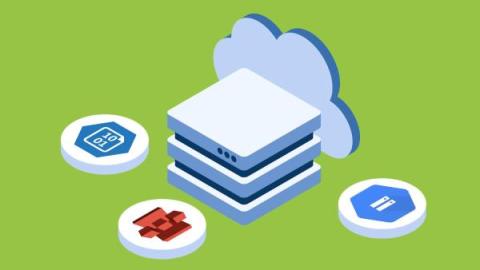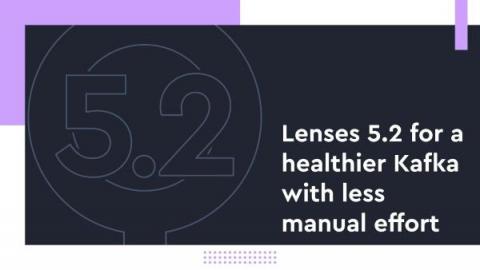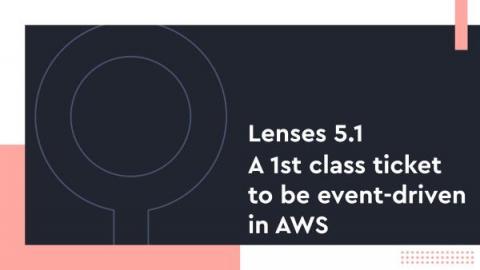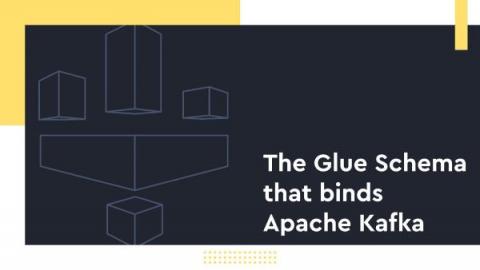Lenses 5.3: Robust Kafka with single click topic backup/restore
Navigating the intricacies of Apache Kafka just got a lot more intuitive. With Lenses 5.3 we bring you peace of mind, regardless of where you are in your Kafka journey. Our newest release is all about smoothing out the bumps, and making sure you're equipped to handle Kafka's challenges with confidence. Here's a sprinkle of what's in store, ahead of our big 6.0 release later this year.











